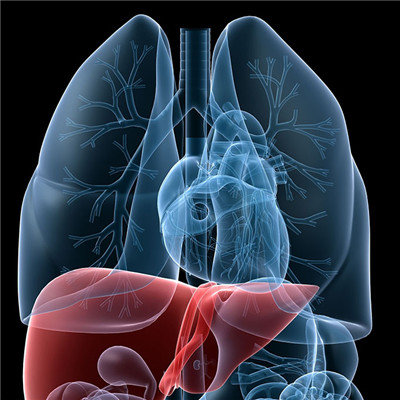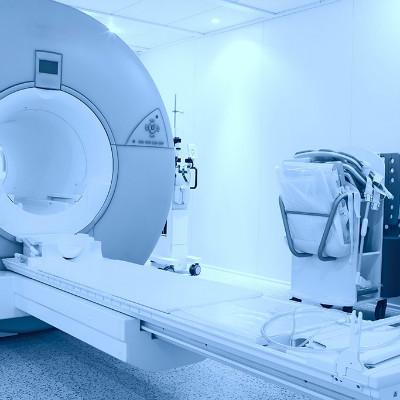What symptom does darling splenomegaly have?
summary
Splenomegaly is an important pathological sign. Under normal circumstances, the spleen can not be touched, such as supine position or lateral position can touch the edge of the spleen should be considered splenomegaly. Splenic enlargement is the main manifestation of splenic diseases. What does darling splenomegaly symptom have? Let's talk about it.
What symptom does darling splenomegaly have?
(1) Mild splenomegaly was defined as mild splenomegaly when the inferior margin of spleen was 2-3cm below the costal margin during deep inspiration. It can be seen in some viral infection, bacterial infection, Rickettsia infection, congestive heart failure, cirrhosis, portal hypertension, Hodgkin's disease, systemic lupus erythematosus, tropical eosinophilia, idiopathic thrombocytopenic Pura, etc.

(2) The lower margin of moderate splenomegaly is 3cm below the costal margin to the umbilicus. It can be seen in acute granulocytic leukaemia, acute lymphocytic leukemia, chronic hemolytic anemia, infectious mononucleosis, splenic amyloidosis, malignant lymphoma, Niemann Pick disease, etc.

(3) extreme splenomegaly is defined as extreme splenomegaly or megaspleen when the lower edge of extreme splenomegaly is beyond the umbilical level. It can be seen in chronic myeloid leukemia, chronic malaria, advanced schistosomiasis, polycythemia vera, thalassemia, etc.

matters needing attention
The main treatment is splenectomy. Splenectomy has advantages and can correct the harm of splenomegaly to human body, but this method also has shortcomings. After total splenectomy, the immune function of the patients will be changed, the filtration function of the spleen will disappear, the levels of IgM, regulatin and opsonin will be reduced, the T lymphocyte system will be disordered, the number of peripheral blood lymphocytes and lymphocyte transformation rate will be significantly reduced, leading to a significant increase in the chance of fulminant infection, such as dangerous pneumonia. For patients with poor liver function, ascites, low protein and hematemesis, splenectomy should be considered comprehensively.
















